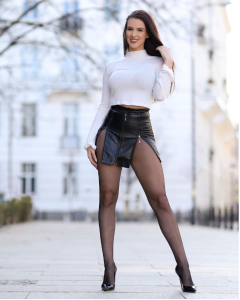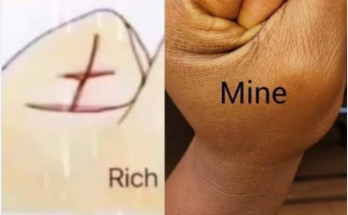Appearance style is a key element in shaping a woman’s overall image. It speaks volumes about her personality, preferences, emotional state, social status, intelligence, and even age. The way a woman chooses to present herself—through her clothing, accessories, makeup, and hairstyle—forms a powerful, non-verbal language that communicates much more than words alone ever could. As Coco Chanel famously said, “Fashion passes, style remains.” This statement encapsulates the enduring nature of personal style: while fashion trends may come and go, a woman’s unique style is something that stays constant, reflecting her essence even through changing times
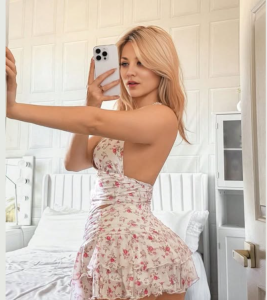
Style, in this sense, is the conscious and harmonious integration of one’s inner being with outward appearance. It is not merely about following the latest trends or wearing expensive brands; it is about expressing an individual identity, a personal narrative through the choices made in how to dress and present oneself. A well-defined style allows a woman to stay true to herself while still participating in the world of ever-evolving fashion.
.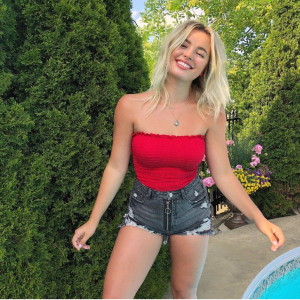
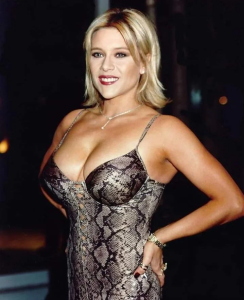
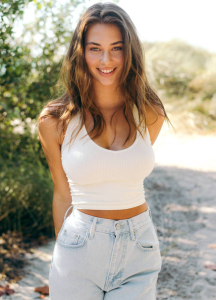
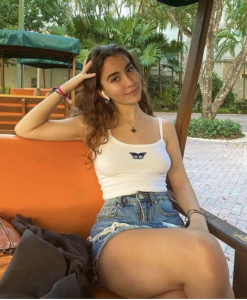

Stylists often classify various personal styles into different categories, each of which reflects a distinct way of expression. These categories can serve as a guideline to understanding the broad range of styles that a woman may choose to embrace, or a combination of styles that she may adapt to her personality and lifestyle.
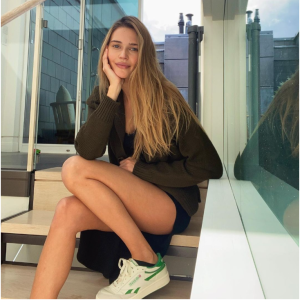
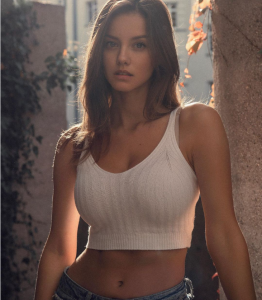
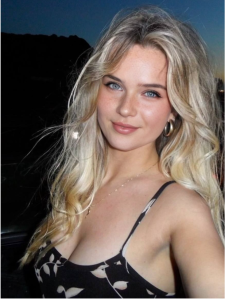
1. Classic Style
The classic style is timeless and exudes elegance, simplicity, and sophistication. Women who prefer this style often choose well-tailored clothing, neutral colors, and fabrics that never go out of fashion. Think of tailored blazers, pencil skirts, and simple yet elegant accessories. This style speaks of refinement and an appreciation for tradition, without necessarily following every new fashion trend.
2. Business Style
Business attire is all about professionalism and authority. It includes sharp suits, button-up shirts, conservative color palettes, and polished shoes. Women adopting the business style typically opt for clothing that conveys competence, discipline, and leadership. While it may seem rigid, there are plenty of variations within business wear that can still show individuality—through accessories, cuts, and subtle details.
3. “Chanel” Style
Inspired by the iconic designer Coco Chanel, the “Chanel” style epitomizes chic and understated luxury. It often combines elements of both classic and feminine, with an emphasis on comfort and timeless elegance. This style incorporates pieces like little black dresses, pearl necklaces, tweed jackets, and ballet flats. It represents a refined, effortless approach to fashion, with a focus on high-quality, well-made garments that last.
4. Romantic Style
Romantic style is all about femininity and softness. Women who embrace this style often wear flowing dresses, lace, ruffles, and soft fabrics like chiffon or silk. The colors tend to be pastel shades or rich, warm tones, creating a dreamy, ethereal look. Romantic style reflects a woman’s sensitive, delicate, and nurturing side, evoking emotions like love, warmth, and grace.
5. Sporty Style
The sporty style is functional, comfortable, and casual. Think of athleisure wear—leggings, sneakers, oversized t-shirts, and sweatshirts. It’s a style that suits women who value activity, movement, and practicality but still want to look stylish while doing so. Sporty style is perfect for an active lifestyle, balancing comfort with modern flair.
6. Avant-Garde Style
Avant-garde style is bold, experimental, and often unconventional. Women who adopt this style tend to push the boundaries of fashion, mixing unexpected textures, shapes, and colors. This style focuses on creativity and individuality, often defying mainstream trends and embracing innovation. It’s a reflection of a woman who sees fashion as a form of self-expression and art.
7. Folklore Style
Folklore style draws on traditional, ethnic, and rural aesthetics, incorporating patterns, textures, and fabrics inspired by various cultures around the world. Women who embrace folklore style often wear embroidered garments, ethnic prints, and earthy tones, creating a look that’s connected to heritage and history. It can feel rustic and grounded, yet it also carries a sense of global awareness and an appreciation for craftsmanship.
8. Fantasy Style
Fantasy style is whimsical, magical, and imaginative. Women who adopt this style might embrace the world of cosplay, fantasy-inspired clothing, and accessories that transport them into a realm of fairy tales and dreams. This style is playful, often mixing bold colors, exaggerated silhouettes, and imaginative prints that escape reality. It’s about self-expression through fantasy, where fashion becomes a canvas for creativity and wonder.
9. Diffuse Style

Diffuse style is characterized by eclecticism and fluidity. Women who embrace this style mix and match various influences, creating a unique and sometimes unpredictable combination of garments. There are no hard rules; the goal is to express personal freedom and individuality by blending elements from different styles, eras, and cultures.
10. Glamour Style
Glamour style is all about opulence, luxury, and sophistication. Women who embody this style often wear eye-catching, statement pieces that make them stand out—sequins, rich fabrics, bold accessories, and high heels. Glamour style is tied to a sense of self-confidence and an appreciation for the finer things in life. It is the style of women who love to shine and make an impression, whether at a party, event, or on the red carpet.
Conclusion
Each of these styles has its own characteristics and speaks to different facets of a woman’s identity. The beauty of personal style lies in its versatility and individuality. While trends and fashions may change, a woman’s style is an ongoing reflection of who she is, how she wishes to be seen, and what she values most.
